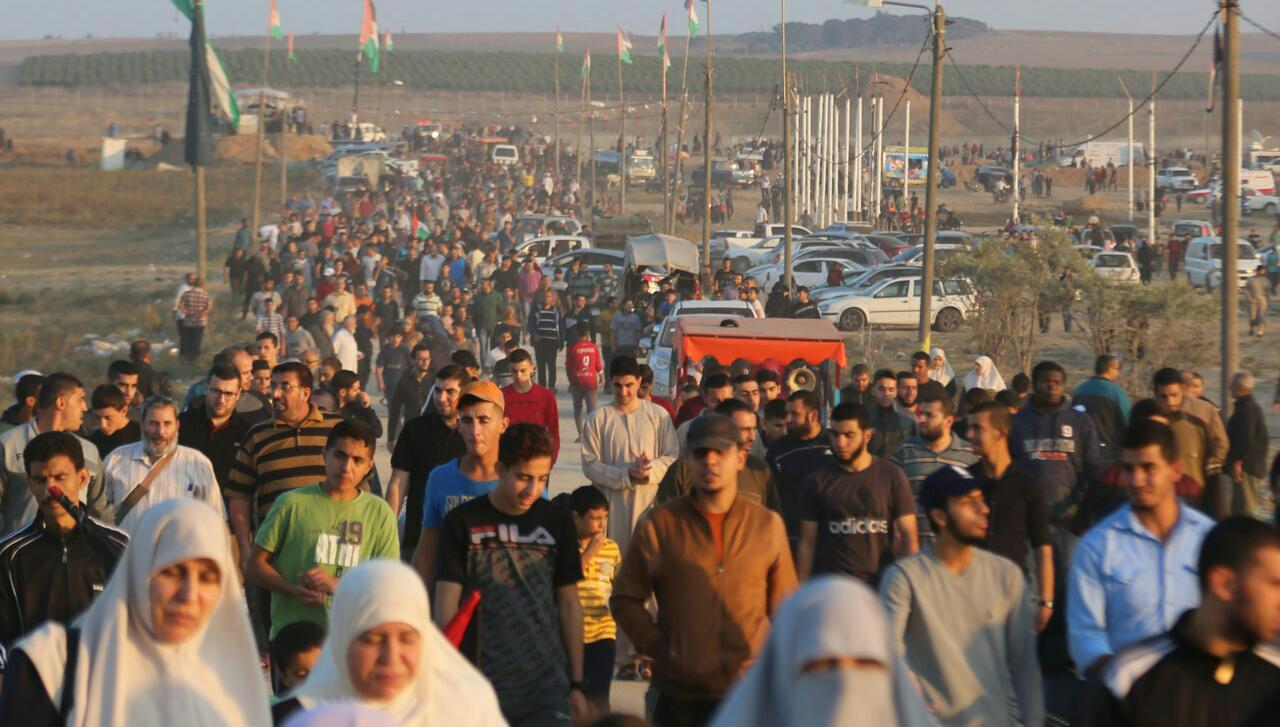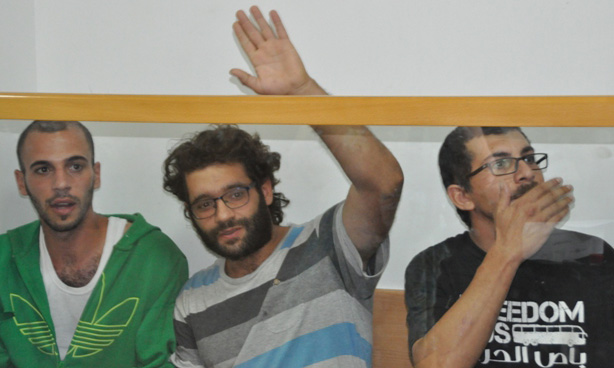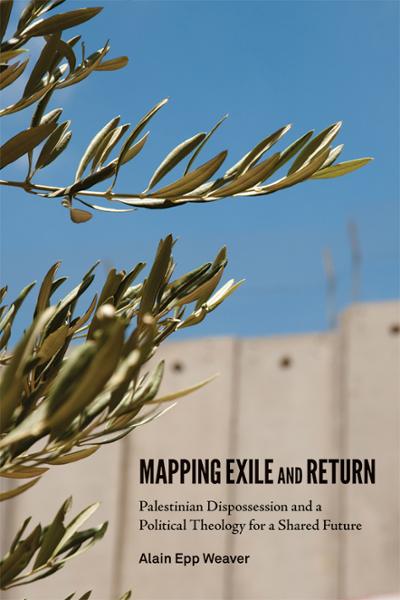Tag: Right of return
-
Mosques, churches, protests: Gaza on the Balfour Declaration’s 102nd anniversary
On the 102nd anniversary of the Balfour Declaration, churches rang bells and mosques called for prayer at the same time, while tens of thousands of Palestinians entered the buffer zone this Friday between the besieged Gaza Strip and Israel in the massive weekly Great March of Return protest.
-
Israeli police raids the village of Iqrit
9th June 2014 | International Solidarity Movement, Khalil team | Iqrit, Occupied Palestine Yesterday morning on the 8th June, Israeli police forces raided the village of Iqrit (located on the northern tip of Israel, within eyesight of Lebanon). The police uprooted trees, destroyed and confiscated all the personal belongings of Palestinian activists present in the village. Furthermore…
-
Palestinian Christian struggle mapped in new book
5th May 2014 | The Electronic Intifada, Joe Catron | Gaza City, Occupied Palestine In Mapping Exile and Return: Palestinian Dispossession and a Political Theology for a Shared Future, American Mennonite theologian and aid worker Alain Epp Weaver explores a legacy of Palestinian Christian exile, and struggle for return. The book’s terrain ranges from the ethnically-cleansed villages of the Galilee to the Upper…



